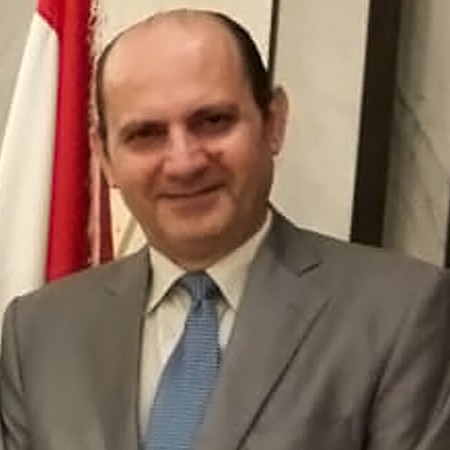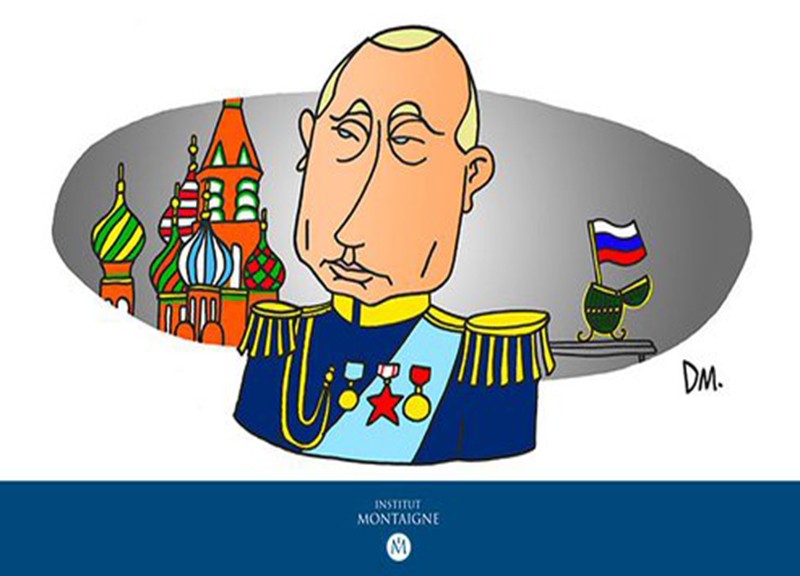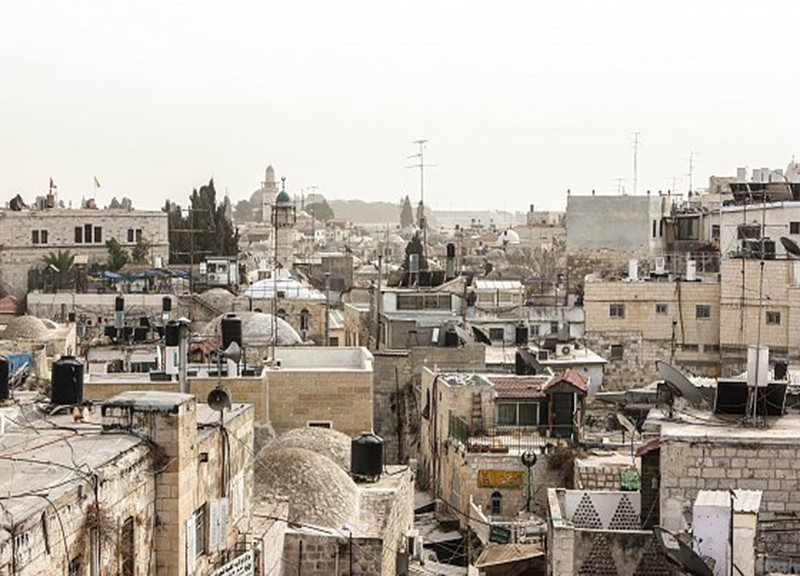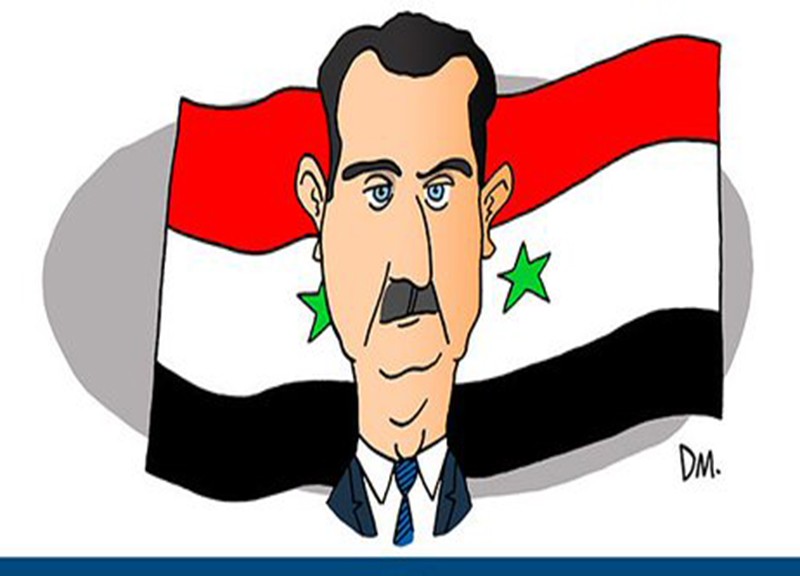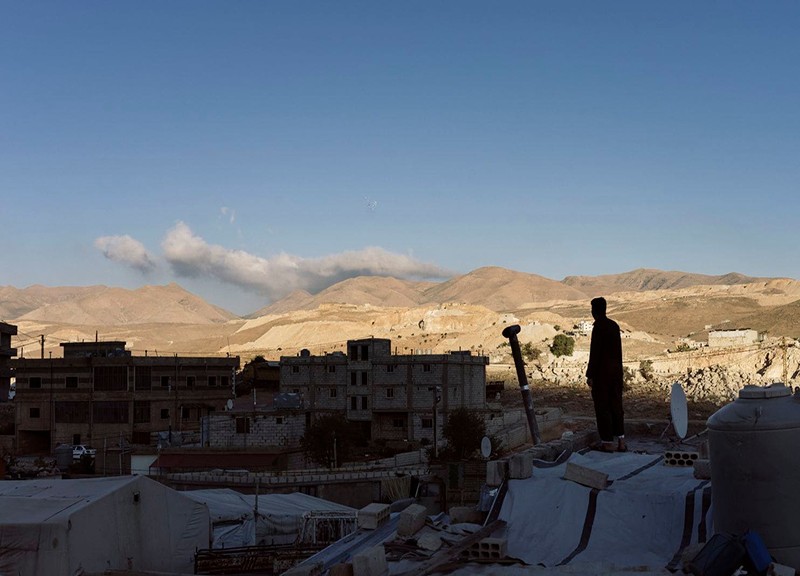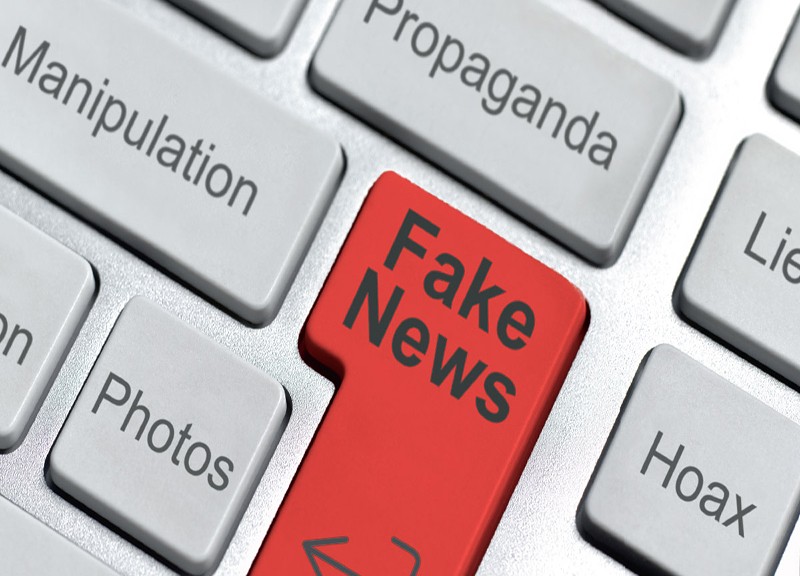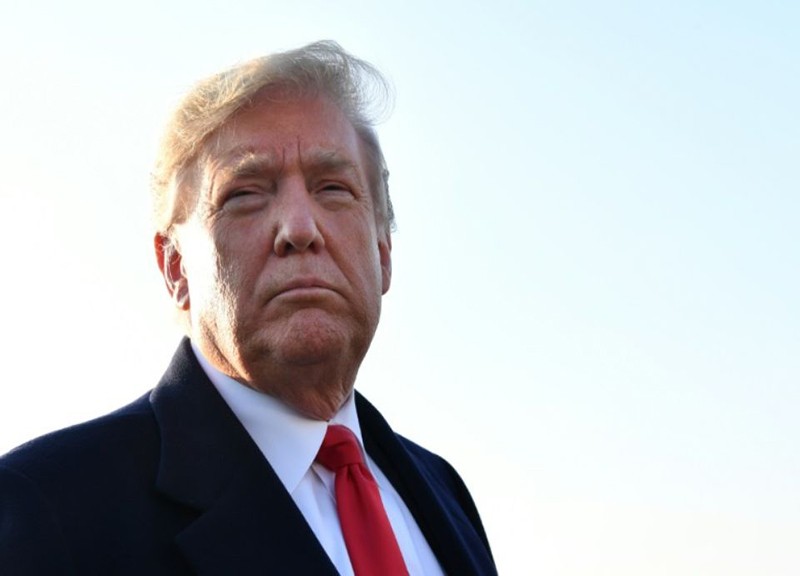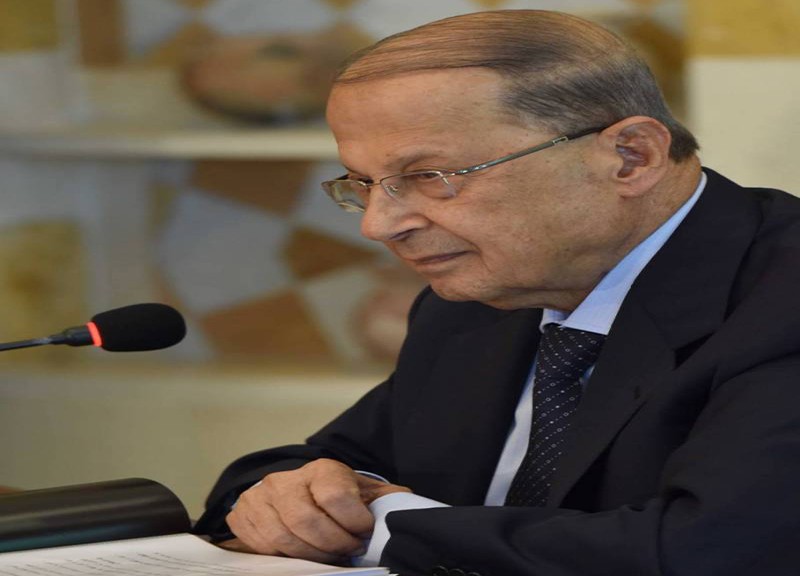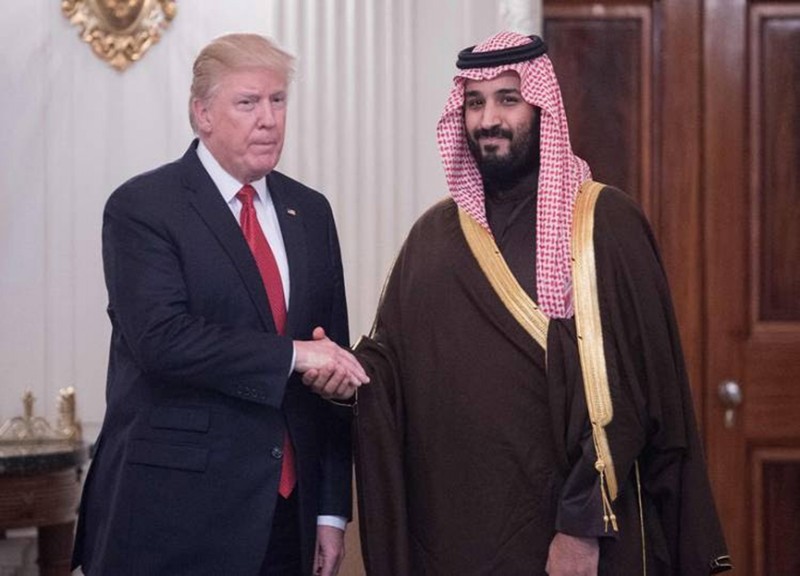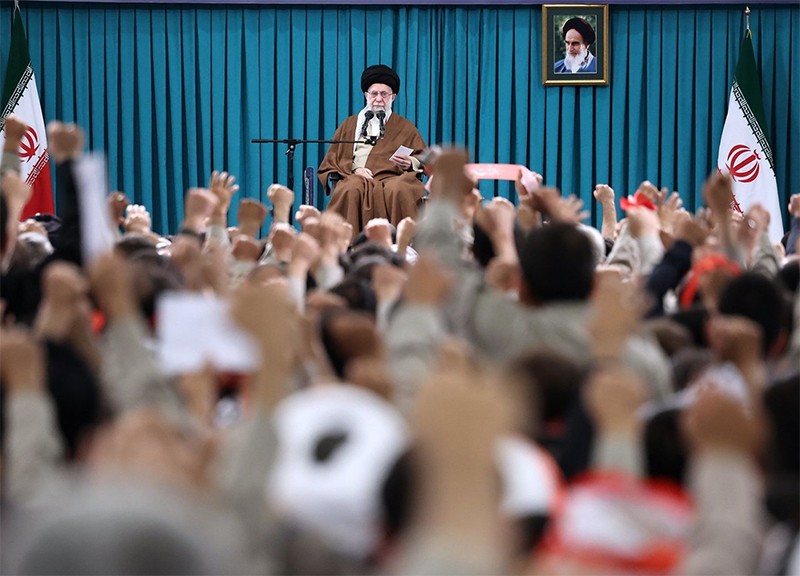
Attacks on U.S. base, Israel by militia allies raise the threat of retaliation
By Sune Engel Rasmussen, Summer Said, Benoit Faucon and Stacy Meichtry / WSJ
Weeks after Israel invaded Gaza in response to Hamas's deadly attack on Oct. 7, Iranian Supreme Leader Ayatollah Ali Khamenei convened a meeting of militia leaders across an alliance Tehran calls "the axis of resistance."
The attack, which Khamenei had publicly praised as an "epic victory," marked a crescendo of four decades of Iranian efforts to train and arm a network of nonstate militant groups as a way to threaten its enemies and extend its influence in the Middle East.
But behind closed doors, the Iranian leader told senior Hamas representatives, along with Lebanese, Iraqi, Yemeni and other Palestinian militia leaders, that Tehran had no intention of directly entering the conflict and widening the war, according to two high-ranking officials from Hamas and two from Hezbollah. Side battles, he told the delegates, risked distracting the world from Is rael's devastating incursions. in Gaza. The message: Hamas was on its own.
Now the axis faces a moment of truth. As Iran's allies. stoke even more fires across the region from attacks on shipping in the Red Sea to Sunday's drone strike that killed three US, troops in Jordan-they are pushing their benefactor closer to the brink of a direct conflict with Washington that it has long sought to avoid.
Iranian military and financial power forms the backbone of the alliance, but Tehran doesn't exert full command and control over it. Not every member shares Iran's Shiite ideology, and all the groups have domestic agendas that sometimes conflict with Tehran's. Some operate in geographically isolated areas, making it tricky for Iran to provide weapons, advisers and training. That includes Hamas, which is a Sunni movement, or the Houthis in Yemen, whose attacks on shipping have upended global trade flows and triggered U.S. and U.K. counterstrikes.
U.S. officials blamed Sunday's drone strike on an Iran-backed group, and the White House on Monday said it believed the perpetrators were supported by Kataib Hezbollah, an Iranian militia ally based in Iraq, with forces in Syria. President Biden vowed to retaliate. Iran rejected any involvement.
Deniability
For Tehran, the power of the axis lies in the plausible deniability that comes from each member's operational and territorial autonomy. Iran gets to distance itself from the militias even as they serve Iran's strategic interests, countering U.S. and Israeli power in the region.
The approach has allowed Tehran to avoid sweeping retaliation from Israel and the U.S. that might destabilize its clerical rule, said Norman Roule, a former Middle East expert with the Central Intelligence Agency. Iranian aggression, he said, "now invariably involves actions that are attributable to Tehran but which Iran can deny sufficiently." The Oct. 7 attack is testing that model like never before. In dealing the biggest single blow ever to Israel-killing more than 1,200 people, most of them civilians-the assault has triggered a massive Israeli military campaign aimed at eradicating Hamas. Israel has laid waste to swaths of the Gaza Strip and targeted Hamas leaders, most brazenly in an airstrike in Beirut in January that killed Saleh al-Arouri, the group's political deputy, who weeks earlier had participated in the meeting in Tehran with Khamenei.
That has created a major dilemma for Tehran: Come to the defense of its Palestinian ally, risking a regional war that could engulf Iran proper, or stand aside and watch the potential decimation of a vital partner in the alliance?
"What happens if Hamas is completely eliminated ? And then, if they are eliminated, would not that mean that the balance of power has shifted to Israel's favor ?" a senior Hezbollah official said. He described the Oct. 7 assault as a "catastrophic success."
The attack served Tehran's interests, pausing a diplomatic rapprochement between Israel and Saudi Arabia-another regional rival -and and allowing Iran to cast itself as the champion of the Palestinian cause.
Iran's leadership moved to head off any retaliation by Israel or the U.S. by swiftly denying any involvement in the planning or execution of the assault. Hamas and Hezbollah officials offered conflicting accounts of Iran's possible prior knowledge. The Wall Street Journal has reported that some Hamas and Hezbollah officials said Iranian security officials greenlighted the attack, noting that others questioned that account.
In either case, the attack couldn't have happened without many years of Iranian support for Hamas in the form of weapons, money and training, said Afshon Ostovar, an associate professor at the Naval Postgraduate School in Monterey, Calif., who specializes in Iran's military ventures in the Middle East.
"Whether they move in lockstep in this action or that action is less important than how they move collectively over time," Ostovar said. "Iran armed them to do this: to take the war to Israel in a way that Iran couldn't."
The axis rises
The axis of resistance was born out of Iran's quest to expand its military and ideological influence across the Middle East after the 1979 Islamic Revolution. The network of extremist militant groups it built took advantage of weak states and instability to gain military and, often, political power. Spanning Iraq, Syria, Lebanon, Yemen and the Palestinian territories, the alliance allowed Iran relative freedom of movement from Tehran to the Mediterranean and the Red Sea.
In 1982 the Quds Force, an arm of the Islamic Revolutionary Guard Corps, began fostering relations with young Lebanese militants during the chaos of Lebanon's civil war, training and arming them to harass Israeli soldiers and wage guerrilla warfare. The militia that emerged, Hezbollah, became Iran's most potent ally, training Palestinian groups, including Hamas and Palestinian Islamic Jihad, as Iran funneled financial aid and weapons to them.
Internal tensions
Iran's allies, while dependent on Tehran, all had agendas of their own. Yemeni Houthi rebels seized the country's capital, San'a, against Iranian advice. Iraqi militia leader Qais al-Khazali once de fied Iranian orders not to attack U.S. forces, saying "the Americans occupy our country, not yours." Hezbollah, as it became one of Lebanon's largest political parties, was forced to balance voter de mands at home.
Iran increasingly began to promote the idea of a unified front with its militia allies. Palestinian groups became more closely aligned internally as well. Under Hamas leadership, nearly a dozen Palestinian groups began conducting wargames exercises, overseen and publicized on a channel on the Telegram messaging app.
In May 2021, Israeli police forces stormed the compound of the Al Aqsa Mosque in Jerusalem, firing tear gas and stun grenades after clashes with Palestinians protesting the eviction of residents in the eastern part of the city. The conflagration at Al Aqsa, a mosque that is central to both Shia and Sunni Muslims, prompted widespread regional - condemnation of Israel.
In late 2021, Hamas officials met with Hezbollah leader Hassan Nasrallah and his deputy, Naim Qassem, in Beirut to discuss ways to retaliate against Israel for the storming of Al Aqsa, according to the two Hamas and two Hezbollah officials. Iranian security officials didn't participate in the meeting, the officials said. Meanwhile, animosity between Israel and Iran was heating up. In May 2022, an Iranian commander in charge of a Quds Force unit tasked with kidnapping and killing Israelis abroad was shot dead on the street in Tehran.
His was the latest in a string of assassinations in Iran presumed to be the work of Israel, which hasn't confirmed or denied any involvement.
Drafting scenarios
That summer, officials from Hamas, the Quds Force and Hezbollah met regularly to draft scenarios to attack Israel, including one from Gaza, one from south Lebanon and one from Syria, the latter of which was quickly ruled out, according to the two Hamas and two Hezbollah officials.
In the spring of last year, five Revolutionary Guard commanders were killed in an Israeli airstrike in Syria, among them an adviser to Esmail Qaani, the Quds Force commander. Qaani held a series of meetings with militant leaders across the region with the aim of launching a fresh wave of attacks on Israeli targets, the Journal reported at the time. Iran, meanwhile, was growing concerned about a broader diplomatic realignment in the Middle East, after Israel in 2020 had signed a watershed agreement known as the Abraham Accords with the United Arab Emirates and Bahrain to normalize diplomatic relations. The deal was meant to. reset regional power dynamics and sideline Tehran. An even bigger agreement was now in the works between Israel and Saudi Arabia in what would be the most momentous Middle East peace deal in a generation.
In a speech on Oct. 3, Khamenei, the Iranian supreme leader, warned Arab governments trying to mend ties with Israel that they were making a mistake. Khamenei told an Islamic unity conference in Tehran that "resistance forces throughout the region" would eradicate Israel. "Defeat awaits them," he said.
The attack
In the early hours of the morning on Oct. 7, a barrage of at least 3,000 rockets rained over Israel in the span of about 20 minutes.
Nearly 3,000 Palestinian militants, most of them Hamas. members, breached the barrier from Gaza on pickup trucks, motorcycles and in paragliders. Heavily armed and in black fatigues, they entered kibbutzim in the south and gunned down unarmed civilians, recording the atrocities with body cameras.
American intelligence agencies maintain that while Iran likely knew that Hamas was planning operations against Israel, it didn't know the precise timing or scope of the Oct. 7 attack. Israeli intelligence agencies also say they don't have evidence of direct Iranian involvement in the attack.
The Journal reported that Iranian security officials had given the green light for the assault at a meeting in Beirut the week before, on Oct. 2, citing senior Hamas and Hezbollah officials, who also said officers of the Revolutionary Guard had worked with Hamas since August to devise the attack. Those officials and an additional high-ranking Hamas member continue to stand by those assertions. Other Hamas and Hezbollah officials, however, have contended that all details about the attack, including the scope and the date, were kept tightly under wraps by the military wing of Hamas.
"Everyone was aware of the need to carry out an extraordinary action," Husam Badran, a senior member of Hamas's political wing based in Doha, said in an interview. But "details of the military operation were up to the Qassam Brigades," he said, referring to the military wing.
The aftermath
While Iran initially hailed the Oct. 7 attack as a tremendous victory for its axis of resistance, its leaders quickly distanced themselves from any notion that it had been involved.
Other allies also denied prior knowledge. Hezbollah chief Nasrallah was angered by news of the attack, accord-ing to a Western official who speaks to senior Hezbollah figures.
Analysts say that the Hamas attack went against the way Iran for four decades has kept the conflict against its enemies at low intensity to avoid retaliation that could topple the Islamic Republic. "
Iran has survived for so long, unlike Saddam Hussein and other authoritarian regimes, because they understand the balance of power in the region," said Hage Ali, of Carnegie in Beirut.




